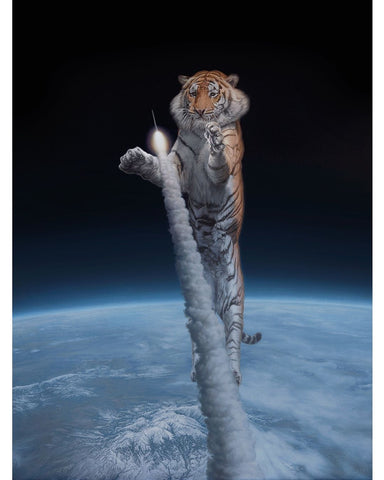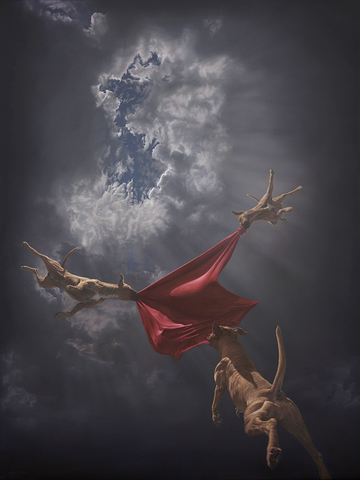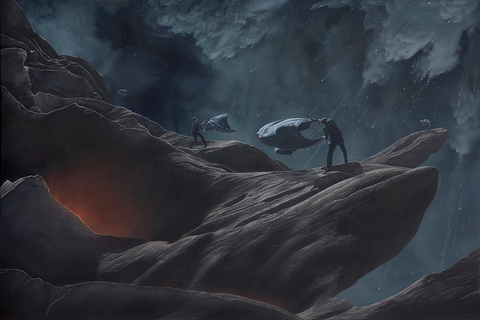Joel Rea

Joel Rea was born in 1983 and graduated from Queensland College of Art with a Bachelor of Fine Art in 2003. He has exhibited his work in Australia and the United States and has been acclaimed for his oil paintings in many prestigious art awards through out Australia. In 2013 he was selected for the Archibald Salon Des Refuses exhibition in Sydney, the Black Swan Award for Portraiture in Perth, the Fleurieu Landscape Prize in Adelaide and was the winner of the 2013 ANL Maritime Art Award in Melbourne. In 2014 Rea was selected as a finalist in the prestigious Sulman Prize held at the Art Gallery of New South Wales, and for the second year in a row was selected as a finalist in the 2014 Black Swan Portraiture Prize held in Perth, winning the People’s Choice Award. In 2015 Rea followed up with a New York City residency and solo exhibition with the prominent Jonathan Levine Gallery, and for his first appearance in his country of origin England, Rea has been selected alongside 60 renowned international artists in the world’s first Paintguide exhibition held in London.
In a recent article for the Huffington Post, Brandon Kralik writes – ‘Representational painting today is not what it used to be and cannot be dismissed as longing for the past or harkening back to the Romantics of the 19th century. Although Rea’s work shares an aesthetic with Romanticism this is not about going back at all. They take from the past and move us toward tomorrow. He calls himself a Contemporary Surrealist Painter. Wikipedia describes Contemporary art as having developed from Postmodern art and although Joel Rea is very much alive and is dealing with issues of our present time, his work is far removed from the multimedia and purely conceptual work that has come to define Postmodernism and much of what is referred to as Contemporary art. To me Rea’s work moves in separate direction, one that is reconstructive, or Post Contemporary, as it places importance on craftsmanship and empathy. One thing for certain is that Rea’s paintings speak in a language where such words are not needed at all. There need be no artspeak to accompany them, to tell the viewer what is happening. The paintings speak for themselves.‘ September, 2015.





